Buying a used car can save you a lot of cash, but it can also leave you with a severely damaged vehicle that you end up paying way too much for. In India, one of the most common problems with used cars or second-hand cars is that they are often flood-damaged. As you should already know, the monsoons in India are quite devastating. Most people who have cars don’t have sheltered garages to keep their vehicles away from the rain. More often than not, people in India park their cars on the road or in open-air parking spaces. With the excessive rain, the danger of flooding becomes imminent and with that, those parked cars are at risk of getting damaged. This also leads to car owners selling their damaged cars. So, if you are in the market for a used car, here are some things you should be aware of so you can spot a flood-damaged car and stay away from it.
Shop Smart
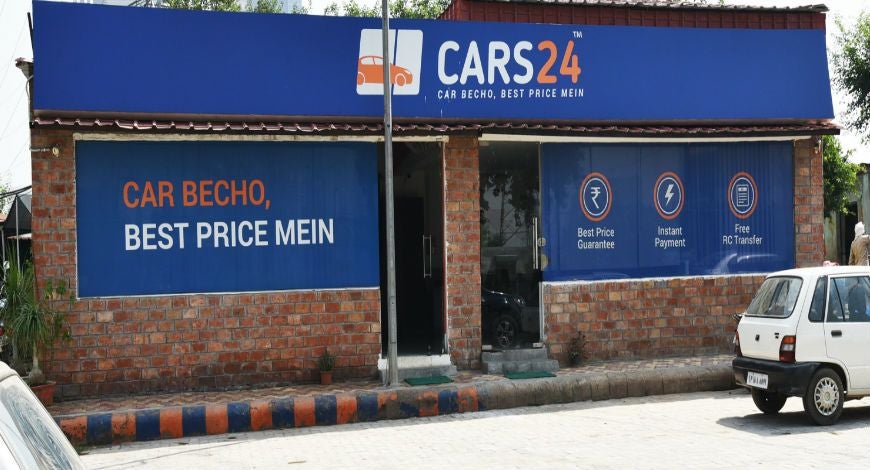
Today, there are used car dealerships popping up everywhere. This is because more people are buying new cars and selling their old ones. However, not every dealership will have the best cars or the best deals. If you are investing in a second-hand vehicle, always choose a reputable dealership to buy it from. Companies with strong names and trustworthy services will not take a chance of cheating their customers. You can even take the direct approach and simply ask the dealership if any of their vehicles have been damaged by floods. If you find their response hesitant, you will immediately know that something is up. Before you can even think about buying a used car, you should do your research. The VIN number or Vehicle Identification Number of a car can give you a lot of information including whether the car was damaged by heavy rains or floods and if it was repaired or not. Other than the VIN, you can ask for the vehicle history report to see if the car was in an accident or was involved in extensive repair work.
Also Read - 5 Essential tips for driving through floods
Also Read - Things To Do If You Own A Flood-Affected Car
Check the VIN Number
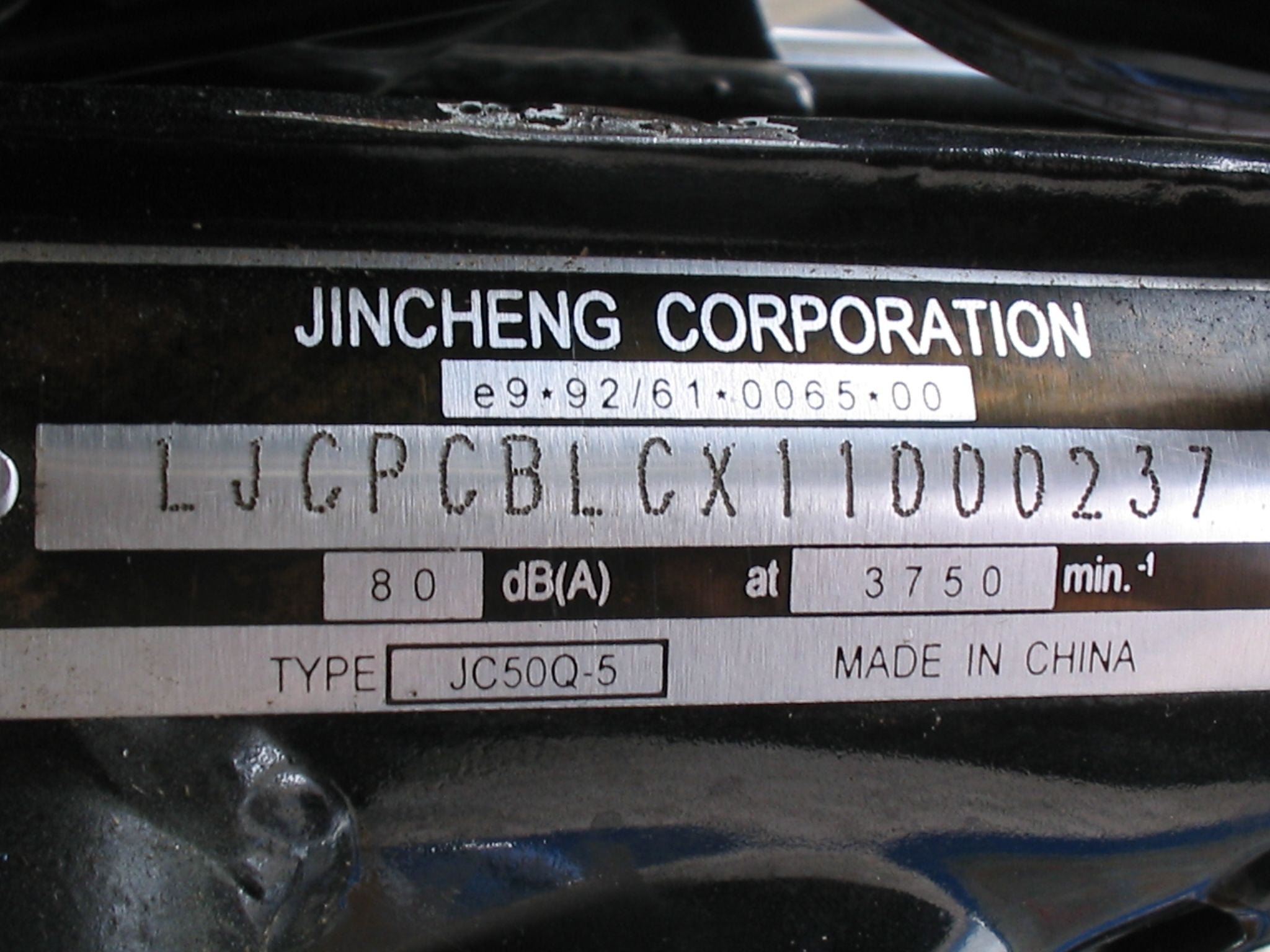
Before you can even think about buying a used car, you should do your research. The VIN number or Vehicle Identification Number of a car can give you a lot of information including whether the car was damaged by heavy rains or floods and if it was repaired or not. Other than the VIN, you can ask for the history report of the vehicle to see if the car was in any accident or was involved in extensive repair work.
Look for Fog - Check the Headlights
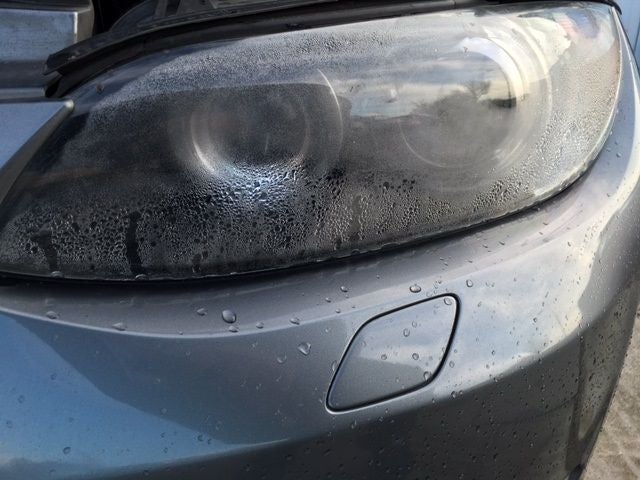
Older cars were fitted with headlights that would quite easily collect moisture and fog up. Today, car manufacturers have developed headlights that get moisture faster and leave the surface absolutely clear. The materials used today are designed to be water-resistant or waterproof. If you find that the headlights, taillights, or fog lights are foggy and have droplets of water in them, it is only obvious that the car is flood-damaged. Even if you find a car with foggy windows and a foggy windshield, you might want to steer away from that option. The only reason why a newer car would have accumulated fog is that it was either exposed to a large amount of rain or damaged by heavy flooding.
Also Read - How to Remove Fog from Car Glass during summer?
Use your Nose - The Smell Test
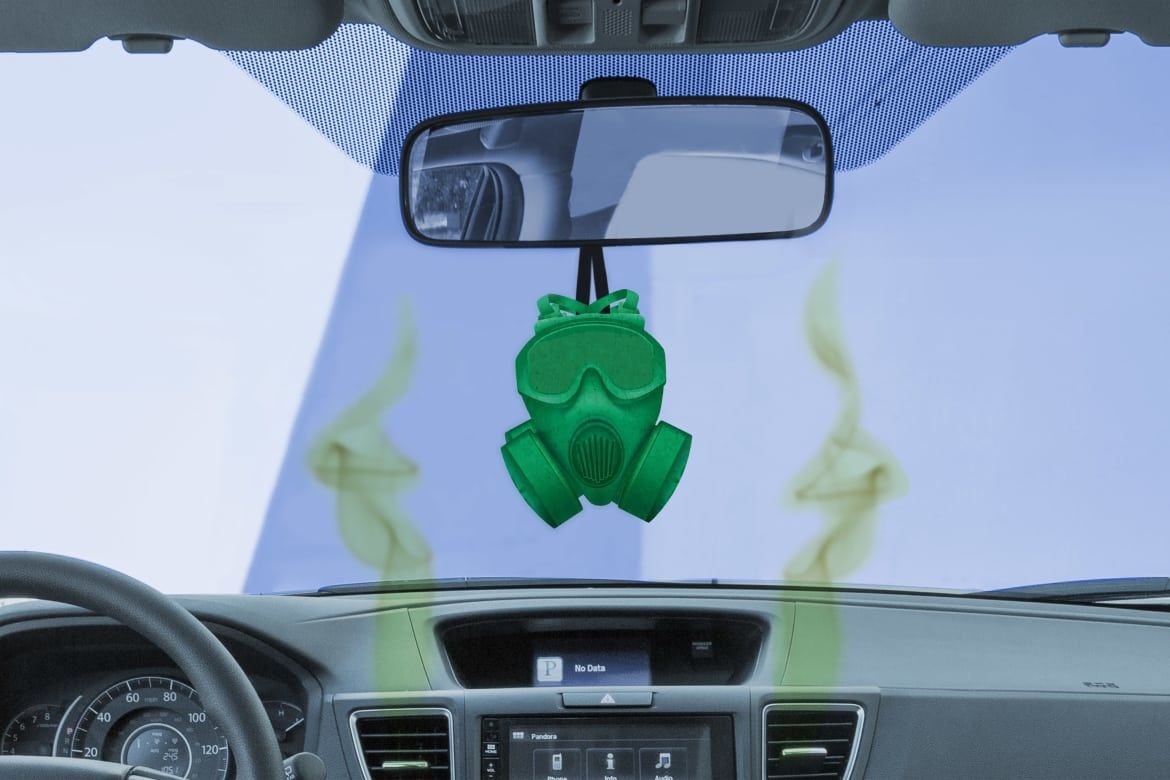
If you’re not sure whether the car you’re looking at has flood damage or not, one of the easiest things to do is to literally smell it. No matter how hard they may try, dealerships or previous owners will find it close to impossible to get the stench of water damage out of the car seats, upholstery, or even the carpets. If the interiors of the car have been severely water damaged, there is a high possibility of it having a foul musty smell. This is a clear sign of the carpet, upholstery, and seats being wet at some point. The mouldy smell is quite difficult to get rid of and even after a thorough cleaning, the smell can linger in the car. Your nose can guide you into finding a water-damaged car quite easily. Even when the seller tries to hide the damage with air fresheners and perfumes, the musty odour can usually stick to the cloth in the car. And, if you don’t get any mouldy scent, the extensive use of air freshener should be a warning that the seller is trying to hide something.
Feel for Moisture - The Feel Test
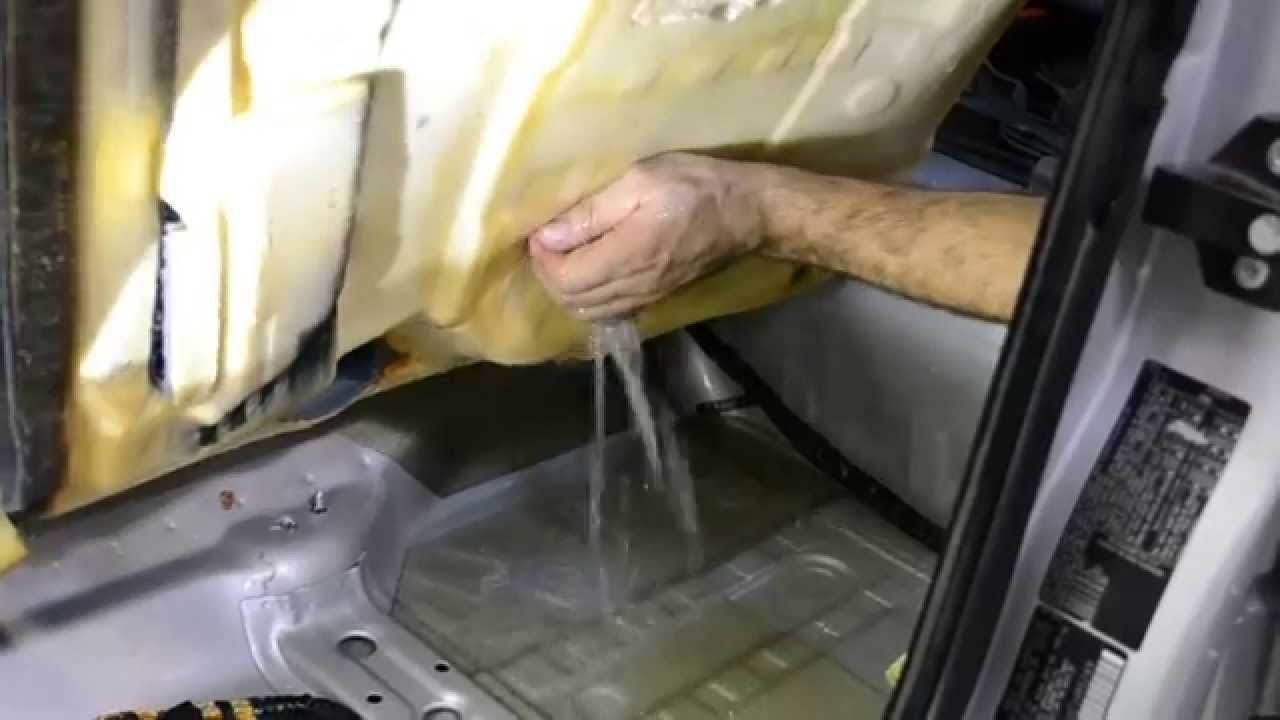
If your nose fails you, you can always depend on your touch to feel for moisture or dampness. When you set out to buy a used car and find signs of water damage, you should check the interiors properly by hand. Lift up the floor mats and check the carpets for any dampness or moisture. Feel every inch of the seats, even the nooks, and crannies, to check for water damage. A severe water-damaged car will also have its carpets completely removed to help it dry quicker. However, putting the carpet back in the same professional way is a task very few people can do. So, if you find that the carpets or any other removable part were replaced haphazardly, you will know that there was some sort of repair work done on the car. Another great tip to check for water damage is to pull the seatbelts out to see whether there is any discoloration. If there is, you know that water has entered the vehicle.
Also Read - Monsoon Car Care Tips: Helpful Tips To Get Your Car Through The Monsoon
Check inside the Boot
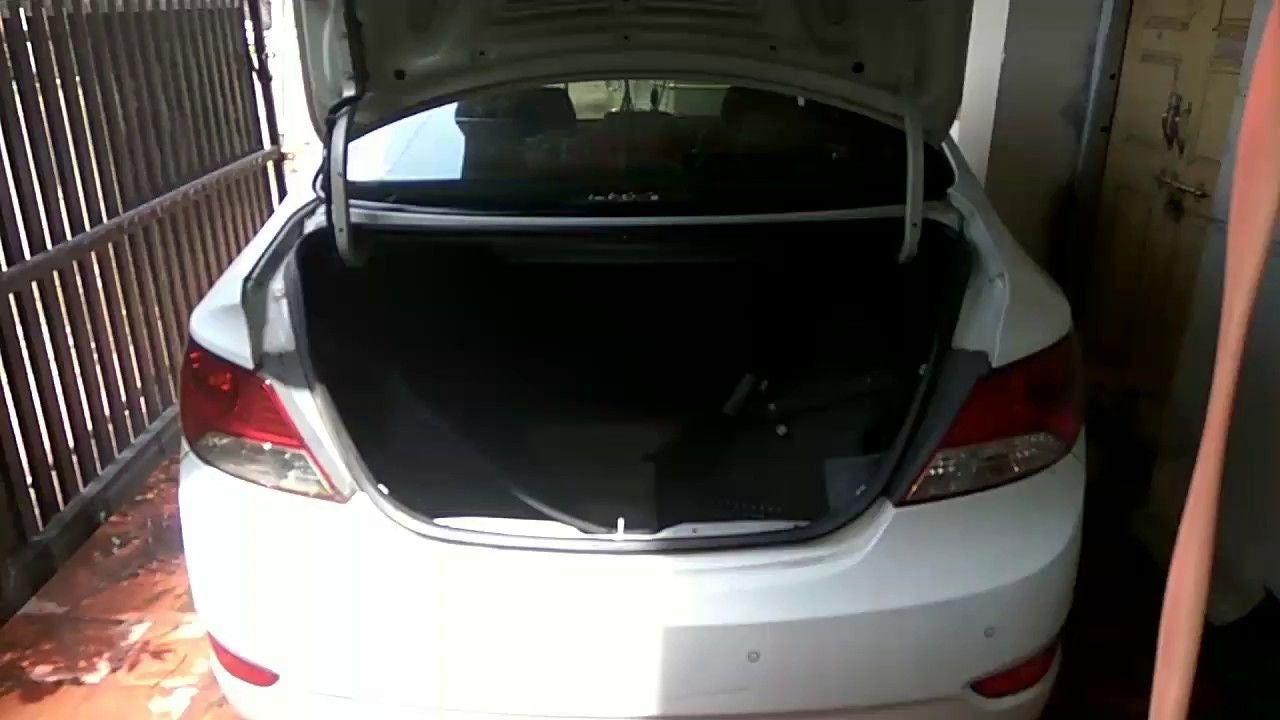
The boot or trunk of a car is one of the least water-resistant places on a car. If a car was caught in a flood or was standing in heavy rain, water would have most likely collected in the boot. There is a lot of carpeting in the boot which is often overlooked by sellers and can give you solid proof of water damage. If the car doesn’t have carpet in the boot, you can check the metal components such as the tool kit or jack for signs of rust. You could also touch the spare tyre and see if any water has collected inside it. If you find any such signs, you can surely assume that the car was either in a flood or was left out in the rain.
Also Read - How to Drive Safely in the Rain
Check for Rust - Check for Corrosion
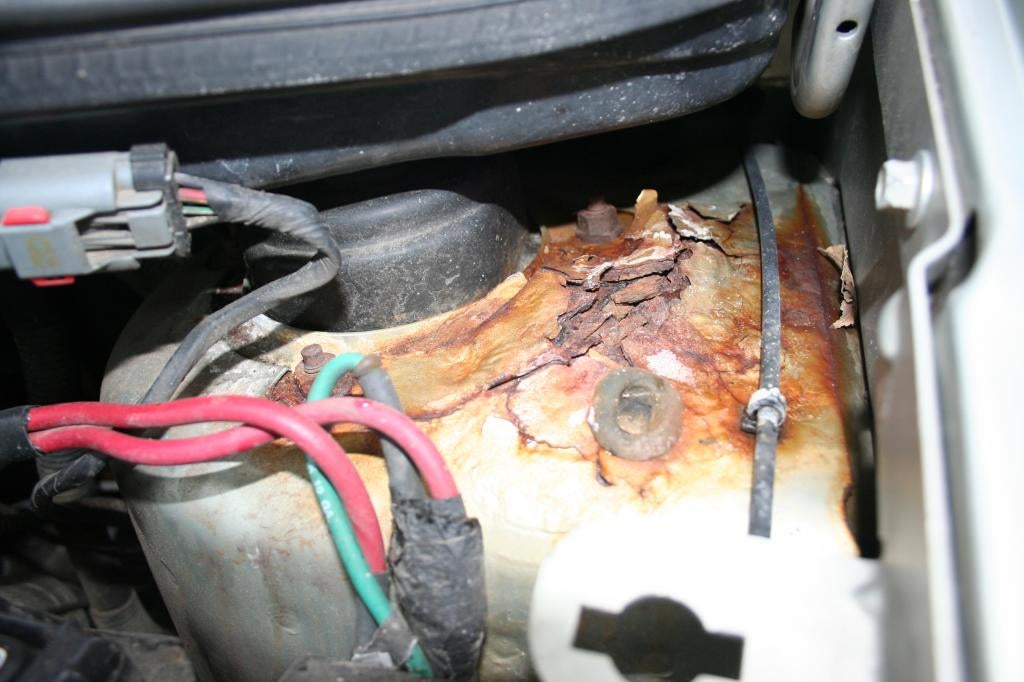
A flood-damaged car will, almost certainly, have some kind of corrosion damage on it. Corrosion or rust is one of the biggest signs that the vehicle has been sitting in water. There are certain points that are designed to resist rusting but when they come in contact with excess water, they can get affected. Nuts, bolts, and hinges that are found under the boot or bonnet and in the door handles are covered and protected but if you find them rusted or corroded, you will know that they have come in contact with water. The doors panels on the inside usually do not rust with a little rain or if water splashes on them while washing but when the car sits in deep floods for an extended time, they will surely begin to rust.
Inspect the Upholstery - Check the Upholstery

When the owner of a water-damaged car is looking to sell the vehicle, they will do whatever they can to try and get rid of it. This is where you need to keep your eyes open and inspect the car minutely. If you find that the seat covers are absolutely brand new, you have to be a little suspicious. Ask the owner to remove the seat covers so that you can check the actual seats and if they refuse to remove the covers, you know that they are hiding something major. The carpets are another part that can be replaced for new ones in a water-damaged car so be sure to check for brand new carpeting that barely has any wear to it. If the original carpets are retained, look to see if you find them discolored or mismatched. This could be a sign of hastily washed carpets to hide the signs of water damage. The seats are also a great place to check for water damage. You can flatten the seats to check between the seams and if you find any dirt, corrosion, or damage, you can surely assume that the car was in a flood.
Check the Electronics
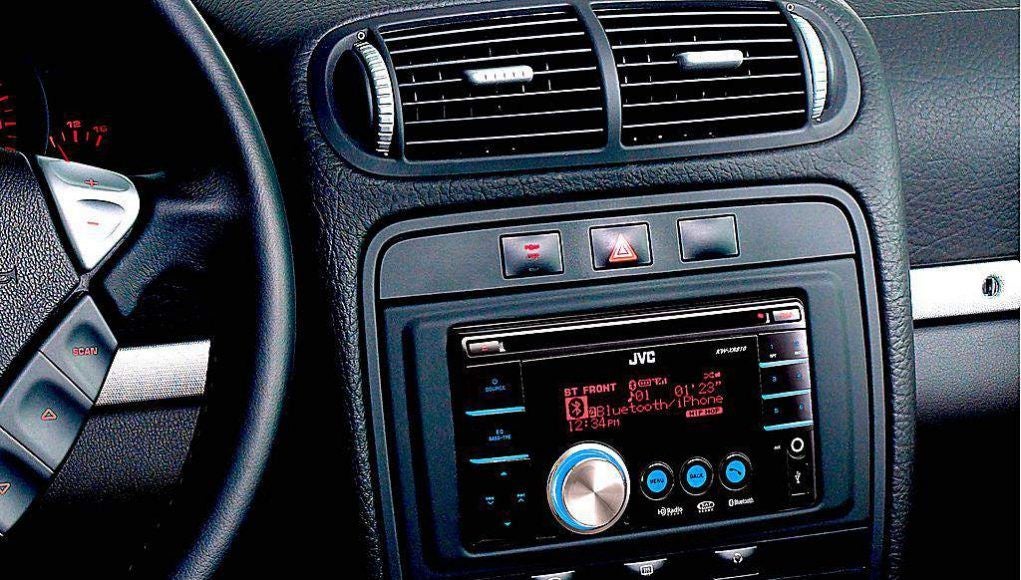
There are a lot of electronic components in a car and we all know that mixing electricity and water is extremely dangerous. A water-damaged car will have signs of electrical damage and even failure which you can easily spot. Check if the backlight on the speedometer turns on when the ignition is turned on. The air conditioning is another component that tells you if the car has been damaged. If there is a mouldy smell coming out of the air vents, it can be a clear sign of water damage. As mentioned earlier, check the headlights, taillights, and even the turn signals or indicators for signs of condensation or fog. The roof lights are often forgotten about by sellers and they can quite easily get damaged with excess moisture. Another helpful way you can check if the car electronics were damaged is to turn on the audio system and listen to the speakers for any muffling or cracking noises. If you can’t find anything wrong, you can reach under the dashboard and feel the wiring. If the wires have hardened or feel fragile, they have surely come in contact with water.
Oil Check
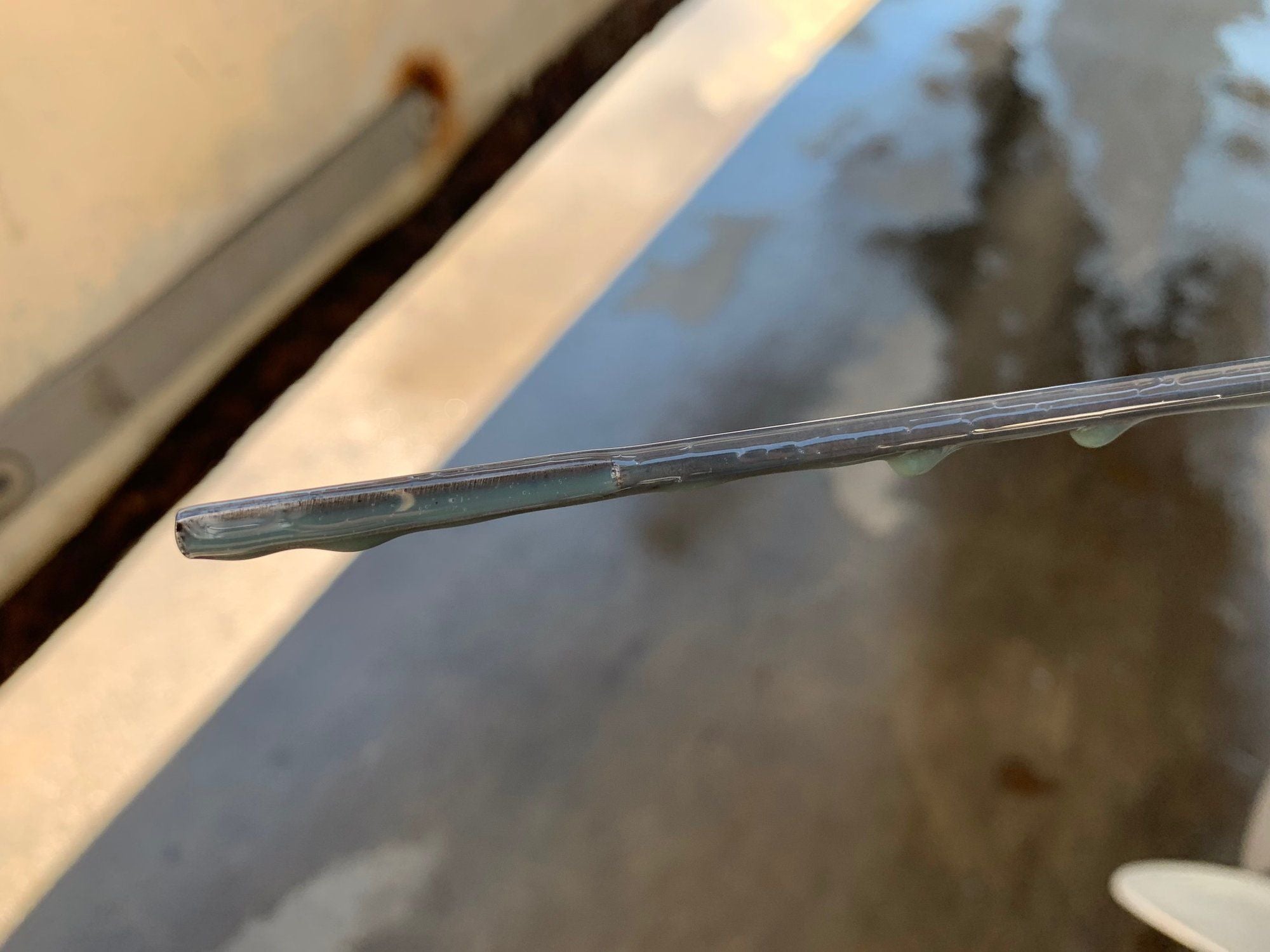
We already know that water and oil do not mix and fortunately for you, there is a lot of oil in a car. If there is any water damage in the car, a simple oil check will let you know it. With the help of the car’s dipstick, you can check whether water has entered the oil tank. If you find droplets of water on the dipstick, you will surely know that the car was damaged by water. You can even check the colour of the oil and if it looks pale or mustier than the regular dark colour, it is probably a sign of water damage. If you touch the oil and it feels sticky rather than smooth, you know that water has gotten into the tank and mixed with the oil.
Get a Mechanic’s Help - Get a Professional Inspection Done

Just because you have a garage filled with cars, it doesn’t mean you know what makes them tick. Understanding everything about a car, its engine, and all the other components takes years of learning. For anyone who does not have the expertise, they can get a professional mechanic to take a look at the car and check if there has been severe water damage. A professional will know what to look at and find exactly what the signs are for damage. Only after getting the approval from a mechanic should you go ahead and buy a used car, especially if it has been damaged severely.
Since the monsoons are already upon us, anyone looking to buy a used car in the coming months should be using these above-mentioned tips to make sure that they do not invest in a vehicle that is water-damaged. Even if you find one or two of these signs, you should be careful when investing and steer clear of the vehicle and the dealership entirely.
Also Read - How to Stop Condensation in Your Car










.jpg&w=828&q=75)









-(1).jpg&w=828&q=75)










.webp&w=640&q=75)








